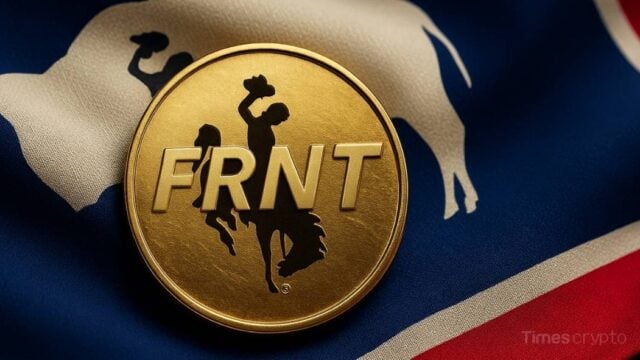Key Takeaways
- MetaMask stablecoin (mUSD) will be initially launched on Ethereum and Linea in late 2025, backed 1:1 by dollar reserves.
- Initiative powered by Stripe’s Bridge for compliance and M0 protocol for cross-chain liquidity.
- Users can swap, bridge, and smUSD via MetaMask Card at Mastercard merchants globally.
- Follows the U.S. GENIUS Act, providing regulatory clarity for stablecoin issuers.
Table of Contents
The Wallet That Wants to Be Your Bank
Metamask is now entering the $250 billion stablecoin market with mUSD, its own native dollar token. Different from other third-party competitors like USDC or USDT, the Metamask stablecoin will be purpose-built into its own net, making swaps unfettered, facilitating cross-chain transfer, and allowing users to spend their mUSD in the real world with a debit card powered by Mastercard. With over 30 million users, MetaMask is the gateway to Web3.
So far, this is not just a token launch but an integrated play to dominate every moment of the user journey from onboarding fiat to spending crypto at your local grocery shop. At the end of the day, Metamask is creating the reason for users to never leave Web3.
How mUSD Works: Compliance Meets Composability
MetaMask is not working alone on this enterprise; it’s partnered with Bridge (now acquired by Stripe) for regulatory compliance and reserve management matters, and M0 for decentralized liquidity orchestration. These two firms can cut stablecoin issuance time from years to weeks, enabling rapid deployment.
mUSD will be launched on Ethereum and Consensys’ Layer-2 Linea, where it expects to improve overall decentralized finance (DeFi) Total Value Locked (TVL) and provide a better onboarding experience. However, the true innovation will be based on the cross-chain design of the Metamask stablecoin. M0’s infrastructure allows mUSD to flow across chains without liquidity dilution.
Why This Matters Beyond MetaMask
The issuance timing is no coincidence. The GENIUS Act, passed in July, established federal rules for stablecoins, giving companies like MetaMask the certainty they need to innovate. mUSD is launching amidst a wave of application-specific stablecoins, such as PayPal’s PYUSD, Trump-affiliated USD1, among others, which are designed specifically for their ecosystems.
For users, mUSD could entail:
- Lower fees than typical on-ramps
- Earn yield through Linea’s DeFi protocols
- Spend crypto at millions of merchants around the world
But there may be some challenges to overcome, such as competing with established market leaders and ensuring regulatory compliance across borders.
The Stablecoin Race Heats Up
MetaMask’s announcement shows that web3 wallets are not simply passive products anymore; they are evolving into financial platforms. $mUSD’s arrival could totally change how we hold and use digital dollars.
Final Thought: With the Metamask stablecoin, the company is doing more than just bringing people on-chain; it is building the rails for the new economy.
FAQs
How is the Metamask stablecoin mUSD different from USDC or USDT?
mUSD is wallet-native, integrated directly into MetaMask’s features like swapping and spending.
Can mUSD be used on other wallets?
Yes, it’s an ERC-20 token, but deep integration is optimized for MetaMask.
Who holds the reserves?
According to Metamask, Bridge manages 1:1 dollar-backed reserves with real-time transparency.
What chains will support mUSD?
Ethereum and Linea at launch, with more chains via M0’s liquidity network.
When can users spend mUSD?
MetaMask Card with Mastercard support expected by end of 2025.
For more stablecoin-related stories, read: Wyoming’s FRNT Stablecoin Goes Live: Spend State-Backed Crypto Like Cash







